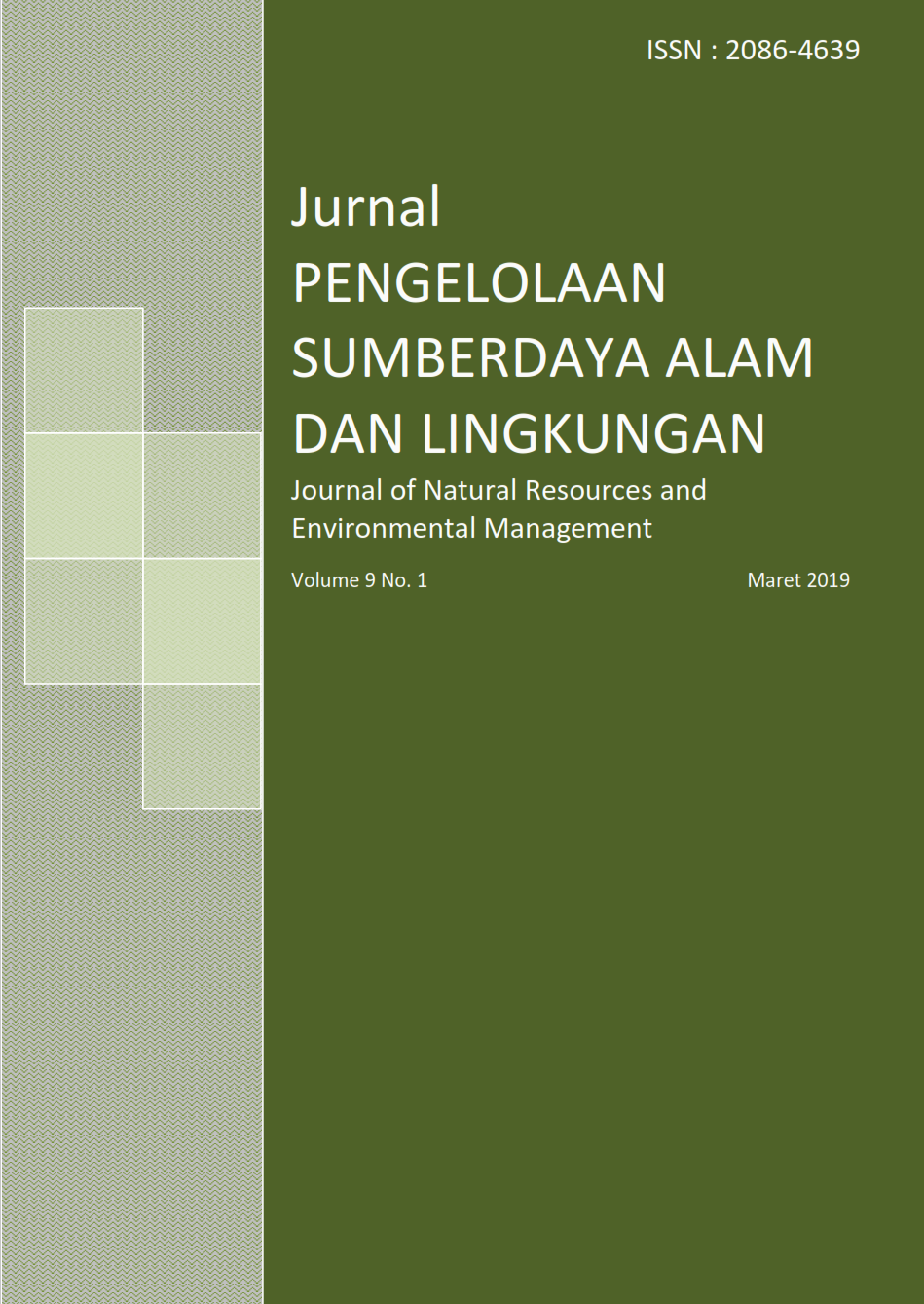Keterlibatan perempuan dalam konservasi satwa melalui kegiatan penangkaran burung
Abstract
The nature of caring and nurturing that shown by women makes them tend to care about the wildlife.Women are able to play a role in the captivity birds because related to household activity of caring. The study aims to identify the profile of the captive breeding and the women who are involved. The data obtained from 90 respondent by interview and observation. The respondents, which are the captive breeding in the area of Bogor and Klaten that accommodate protected species of birds, were determined by using a purposive sampling method. Based on the result, both captive breedings in Klaten and Bogor have involved women in the middle scale as well as in the household scale. Most women who are involved in the activities of captive breeding of the birds are in the age between 31 and 40 years with high school degree as their highest educational background and married women. In Bogor and the middle scale of captive breeding in Klaten, economic improvement is the sole motivation that has driven the women to be involved in the captive breeding activities. While, in the household scale in Klaten there are two motivations, which are economy and spare time.
Authors
Authors who publish with this journal agree to the following terms:
- Authors retain copyright and grant the journal right of first publication with the work simultaneously licensed under a Creative Commons Attribution License that allows others to share the work with an acknowledgement of the work's authorship and initial publication in this journal.
- Authors are able to enter into separate, additional contractual arrangements for the non-exclusive distribution of the journal's published version of the work (e.g., post it to an institutional repository or publish it in a book), with an acknowledgement of its initial publication in this journal.
- Authors are permitted and encouraged to post their work online (e.g., in institutional repositories or on their website) prior to and during the submission process, as it can lead to productive exchanges, as well as earlier and greater citation of published work (See The Effect of Open Access).





